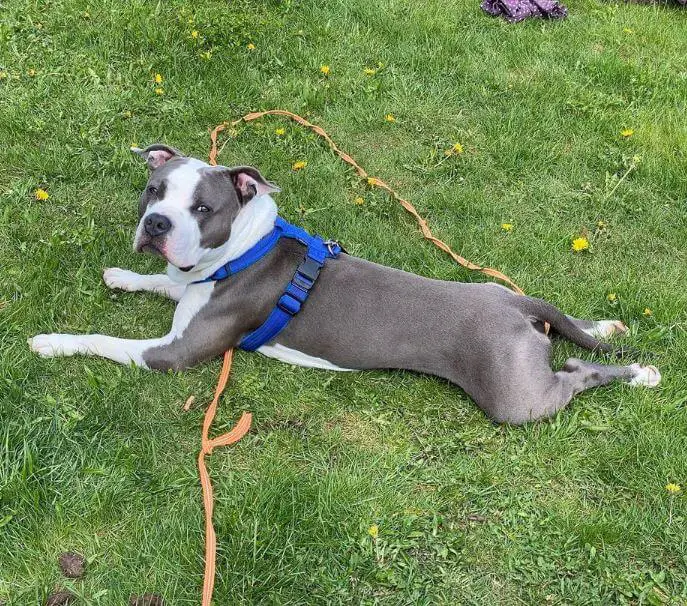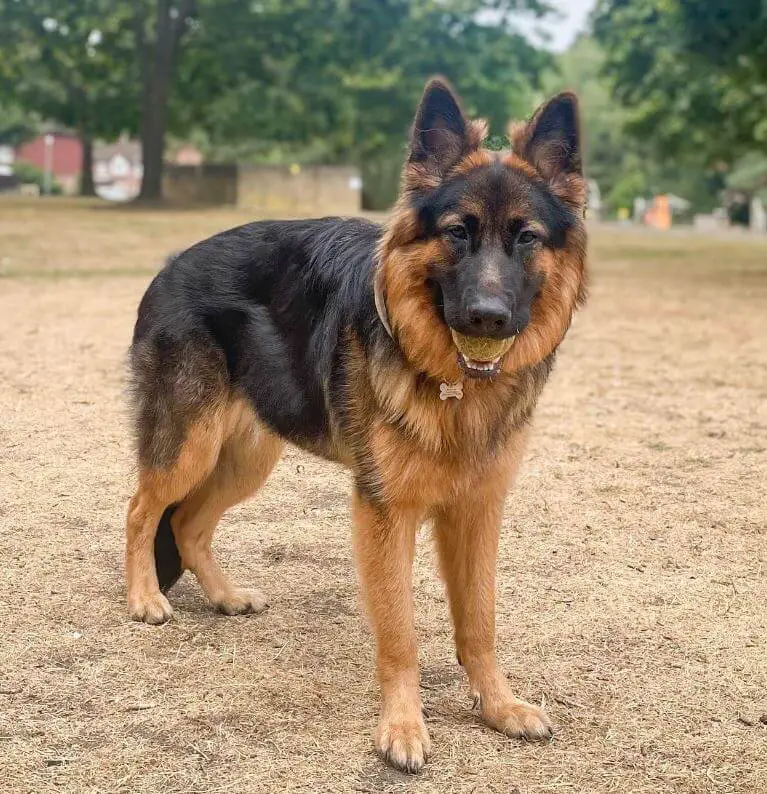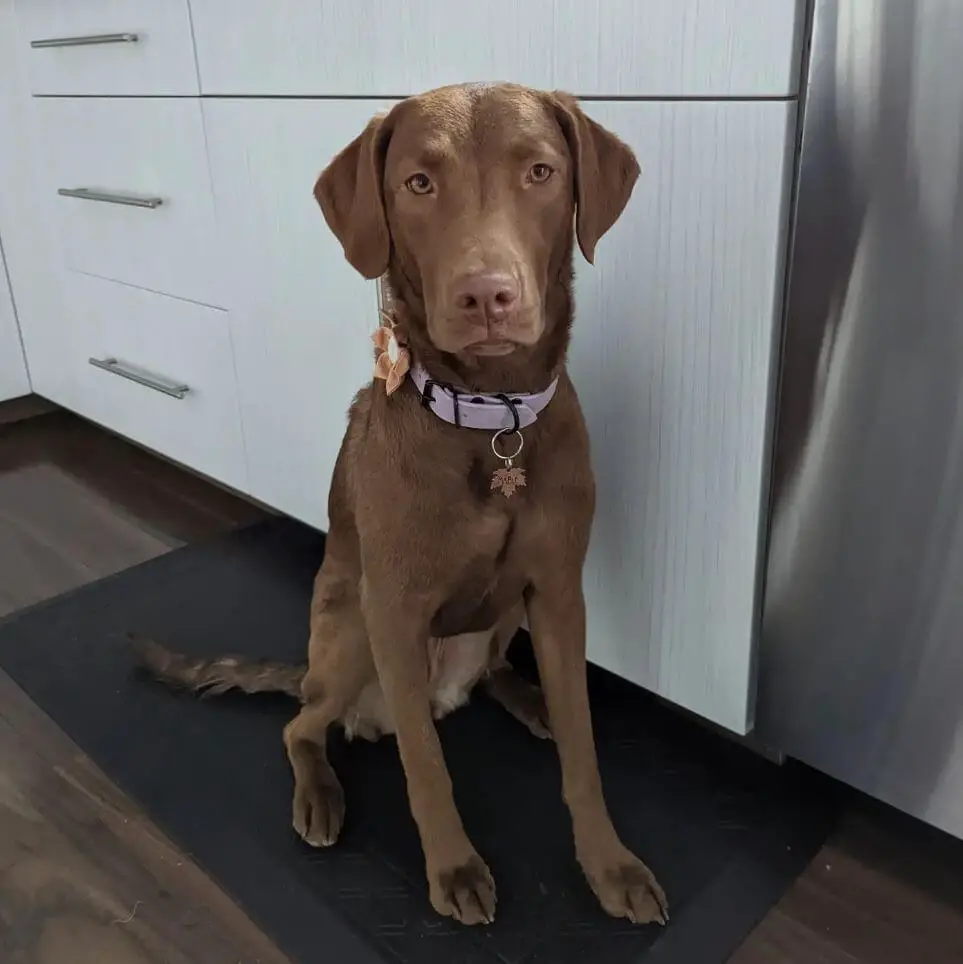Aggression in dogs is a serious behavior issue that can cause harm to both humans and other animals. It is important for dog owners to understand the causes of aggression, how to recognize the signs, and how to manage and prevent it. In this article, we will delve into the topic of aggression in dogs, exploring its types, causes, signs, and steps for prevention and management.

Types of Aggression in Dogs
Aggression in dogs can manifest in different ways and for various reasons. Common types of aggression in dogs include:
1 – Territorial aggression: This type of aggression occurs when a dog becomes protective of its territory, such as its home or yard, and may display aggressive behaviors towards perceived intruders.
2 – Fear aggression: Fear aggression arises when a dog feels threatened or fearful in a particular situation, and reacts aggressively as a defensive mechanism to protect itself.
3 – Social aggression: Social aggression occurs when a dog displays aggressive behaviors towards other dogs or animals, often during interactions for resources such as food, toys, or attention.
4 – Resource aggression: Resource aggression is exhibited when a dog becomes possessive or aggressive over valuable resources, such as food, toys, or even humans.
5 – Protective aggression: Protective aggression can occur when a dog feels the need to protect a particular person or object and displays aggressive behaviors towards perceived threats.

Causes of Aggression in Dogs
Aggression in dogs can have various underlying causes. Some common causes of aggression in dogs include:
1 – Lack of socialization: Dogs that are not adequately socialized during their critical developmental period may have difficulty understanding and interacting with other dogs, animals, or humans, which can result in fear or aggression.
2 – Fear or anxiety: Dogs that are fearful or anxious may exhibit aggression as a defensive mechanism to protect themselves from perceived threats.
3 – Medical issues: Pain, illness, or other medical conditions can cause dogs to exhibit aggressive behaviors as a way to communicate discomfort or distress.
4 – Past traumatic experiences: Dogs that have experienced past trauma or abuse may develop aggression as a coping mechanism or defense mechanism.
5 – Lack of training or obedience: Dogs that have not received proper training or obedience may not understand boundaries, leading to potential aggression issues.

Signs of Aggression in Dogs
Recognizing the signs of aggression in dogs is crucial for early intervention and prevention of harmful incidents. Some common signs of aggression in dogs include:
- Growling, snarling, or snapping
- Baring teeth
- Lunging or charging towards a person or animal
- Raised fur on the back
- Stiff body posture
- Prolonged staring or staring with a fixed gaze
- Ears pinned back
- Tail raised or wagging stiffly
- Biting or nipping

Steps for Prevention and Management of Aggression in Dogs
Preventing and managing aggression in dogs requires a multi-faceted approach. Here are some steps that can help:
1 – Early socialization: Proper socialization during the critical developmental period of a puppy can help them develop positive associations with other dogs, animals, and humans, reducing the likelihood of aggression later in life.
2 – Obedience training: Consistent obedience training can help establish clear boundaries and reinforce appropriate behaviors in dogs, reducing the risk of aggression.
3 – Positive reinforcement: Positive reinforcement techniques, such as reward-based training, can be effective in shaping desired behaviors in dogs and promoting a positive relationship with their owners.
4 – Identifying triggers: Identifying and avoiding potential triggers for aggression in dogs, such as specific situations or stimuli, can help prevent aggressive outbursts.
5 – Managing the environment: Creating a safe and structured environment for your dog, including providing them with their own space, proper fencing, and secure leashes or harnesses during walks, can help prevent opportunities for aggressive behaviors.
6 – Consistent routine and exercise: Dogs thrive on routine and regular exercise, which can help reduce stress, anxiety, and boredom, all of which can contribute to aggression. Providing regular exercise and mental stimulation can help keep your dog mentally and physically balanced.
7 – Seek professional help: If your dog is displaying signs of aggression, it is important to seek professional help from a qualified veterinarian or a certified professional dog trainer or behaviorist. They can assess your dog’s behavior, provide guidance on management and training techniques, and develop a customized plan to address the aggression.
8 – Never punish or use force: It is important to never punish or use forceful methods to address aggression in dogs, as this can exacerbate the issue and lead to more aggressive behaviors. Positive reinforcement-based methods should be used to train and manage aggression in dogs.

In conclusion, aggression in dogs is a complex behavior issue that requires careful understanding, management, and prevention. By recognizing the types of aggression, understanding the underlying causes, identifying the signs, and taking appropriate steps for prevention and management, dog owners can help their dogs lead happy, healthy, and safe lives. If your dog is displaying aggression, it is important to seek professional help for proper assessment and guidance. Remember, a well-socialized and well-trained dog is a happy and safe dog.
